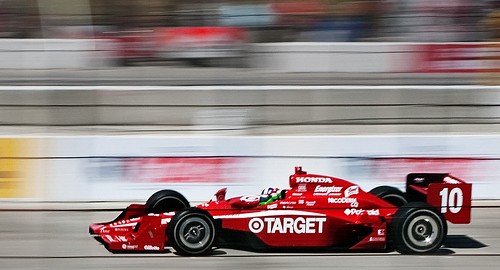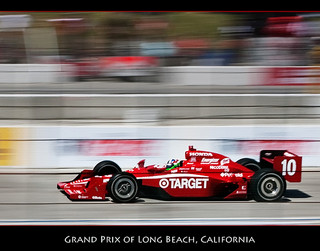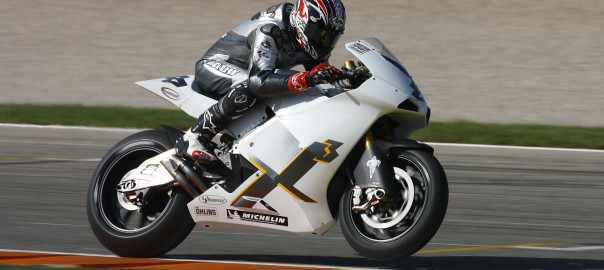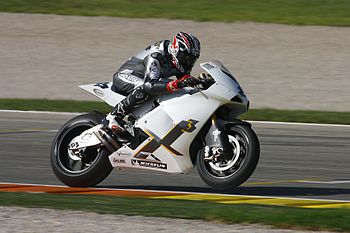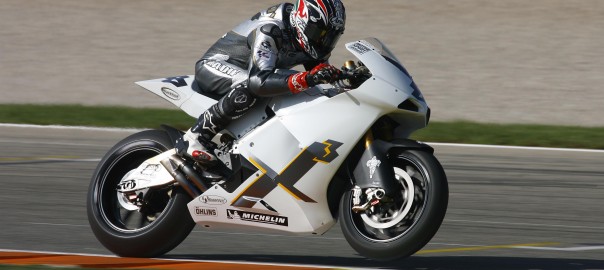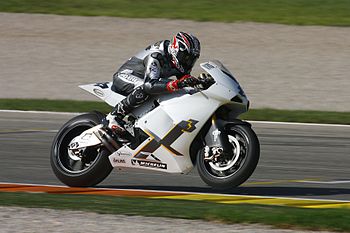The Autodromo Nazionale Monza is a race track located near the city of Monza, north of Milan, in Italy. The circuit’s biggest event is the Formula One Italian Grand Prix, which has been hosted there since the sport’s inception.[4]
Built in the Royal Villa of Monza park in a woodland setting,[5] the site has three tracks – the 5.793 kilometres (3.600 mi) Grand Prix track,[2] the 2.405 kilometres (1.494 mi) Junior track,[3] and a 4.250 kilometres (2.641 mi) high speed oval track with steep bankings which has been unused for many decades and is now decaying.[4] The major features of the main Grand Prix track include the Curva Grande, the Curva di Lesmo, the Variante Ascari and the Curva Parabolica. The high speed curve, Curva Grande, is located after the Variante del Rettifilo which is located at the end of the front straight or Rettifilo Tribune, and is usually taken flat out by Formula One cars.
Drivers are on full throttle for most of the lap due to its long straights and fast corners, and is usually the scenario in which the open-wheeled F1 cars show the raw speed they are capable of (372 kilometres per hour (231 mph) during the mid-2000s V10 engine formula, although in 2012 with the 2.4L V8 engines, top speeds in F1 rarely reach over 340 kilometres per hour (211 mph)). The circuit is generally flat, but has a gradual gradient from the second Lesmos to the Variante Ascari. Due to the low aerodynamic profile needed, with its resulting low downforce,[6] the grip is very low; understeer is a more serious issue than at other circuits; however, the opposite effect, oversteer, is also present in the second sector, requiring the use of a very distinctive opposite lock technique. Since both maximum power, and minimal drag is the key for speed on the straights, only competitors with enough power or aerodynamic efficiency at their disposal are able to challenge for the top places.[6]
In addition to Formula One, the circuit hosts an endurance event, the 1000 km Monza, which has been run as part of the World Sportscar Championship and the Le Mans Series. Monza also featured the unique Race of Two Worlds events, which attempted to run Formula One and United States Auto Club National Championship cars against each other, and previously held rounds of Grand Prix motorcycle racing, in the Italian motorcycle Grand Prix. Current major events are races of the World Touring Car Championship and the Superbike World Championship, as well as various local championship races.
